Memphis, Beale Street and A Little Jug Band Music
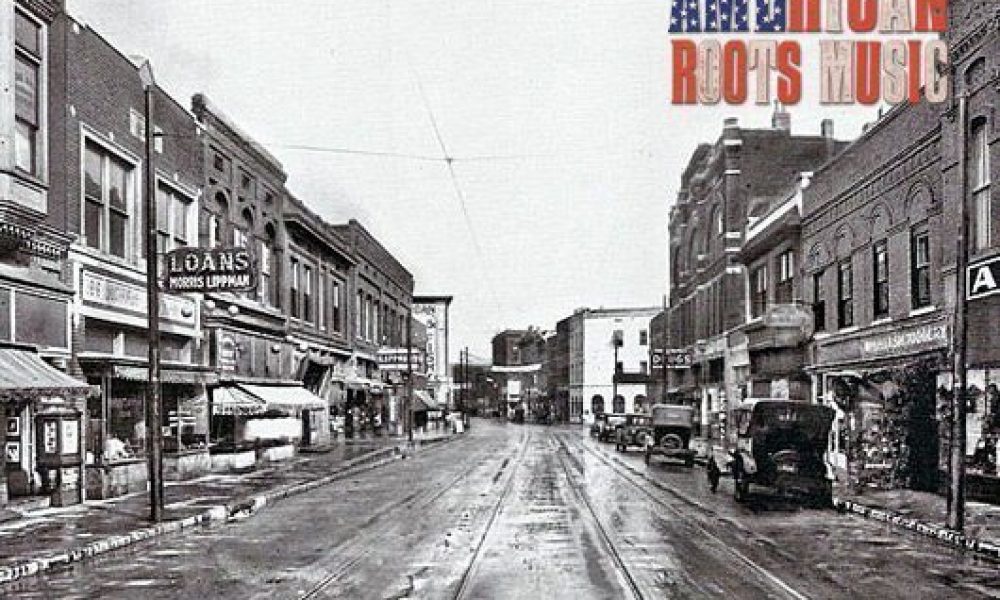
The town of Memphis was founded in 1819 with a population at the time of 364. Named after the Egyptian city, one of its founders was Andrew Jackson, the 7th U.S. president. Thirty years later the town became a city in 1849, and at the start of the Civil War in 1861 it was still a fairly small with around 22,000 citizens.
Memphis was captured by Union troops in 1862, and as their was little resistance from the Confederacy, the City and its buildings went relatively unscathed. When the war ended in 1865 there began a period of reconstruction, Memphis began to re-establish itself as the principal economic city north of the Delta.
By 1870 the City had grown to around 40,000, at about the same time it was estimated that nearly 1 in 8 of the citizens were addicted to opium. The population had reduced to 33,000 by 1880 after a Yellow Fever epidemic in 1878 claimed over 5,000 lives. This had a significant effect on the city’s economy; Memphis took the unusual step of declaring itself bankrupt in 1879.
Things slowly returned to normal and during the next twenty years the City tripled in size to 102,000, again becoming Tennessee’s premier city. Over half the population was black, many going to the city in search of work. By the time W.C. Handy wrote ‘Memphis Blues’ in 1912 the population had grown by another 30%, of the Black people who arrived in the city, most found their way to what later become known as “the Main Street of Negro America” – Beale Street.
“….Owned largely by Jews, policed by the whites, and enjoyed by the Negroes….” This is how George W. Lee, one of the first black men to be commissioned as an officer in the U. S. Army during World War I, described Memphis’ most famous street in his 1934 book, ‘Beale Street – Where the Blues Began’.
Back in the 1840’s, Beale Street was an affluent suburb of Memphis. The Hunt-Phelan home, which still stands today, near the east end of the street, reflects this affluence. After the City’s decimation from yellow fever Beale Street went into something of a decline. Beale Street was ‘rescued’ in the 1890’s largely as a result of one man’s efforts – Robert Church, the son of a white riverboat Captain and a mulatto woman had built a fortune, becoming the South’s first black millionaire. He established a park on Beale Street especially for the black population, Church Park opened in 1899 and immediately it became a magnet for the city’s black population in search of entertainment.
Beale Street also became the centre of black business too. As the 20th century dawned, Beale was a bustling street, at night music could be heard in the clubs and bars, as well as in the churches. By the 1920’s Beale was a heady mix of music, booze, brothels, gamblers and a whole cast of dubious characters. It was into this vibrant atmosphere that Ralph Peer and the men from Victor entered when they made their first field recording trip to Memphis in February 1927.
Beale Street may not have given birth to the Blues but it did a great deal to define them. But according to singer Rufus Thomas who was born in Memphis in 1917, “…Beale Street was like no other street on the face of the earth.”
The first artists that Ralph Peer recorded in the downtown, McCall Building were the Memphis Jug band, led by guitarist and harmonica player Will ‘Son’ Shade. Peer had found this most popular of the city’s many jug bands on a scouting mission several months earlier. On this first session they cut ‘Sun Brimmers Blues’, ‘Newport News’ and ‘Memphis Jug Blues’.
By 1928 Victor was back in Memphis recording the band, which now included, Charlie Burse on guitar. At other times the MJB worked with women singers too, including Hattie Hart and later Memphis Minnie.
The Band’s sound was indefinable, includeding a little of everything from blues, to jazz, novelty songs, ragtime and folk tunes. They did much to define the Memphis rockabilly sound that flourished in the post war period. During their 7-year recording career they recorded in excess of 75 sides for Victor and then Columbia/OKeh Records.
The bands constantly shifting line-up did much to maintain its longevity, remaining in fashion when other artists had become outmoded. After they stopped recording in 1934 they continued to perform in Memphis well into the 1940s; recording again, briefly, in 1956; Shade died in 1966.
Arguably Jug Band music is the first footings of rock ‘n’ roll – genuine ensemble playing that was made to dance to, listen to and generally inspire a good time feeling. The songs they sang were 35 years or more ahead of the sex and drugs revolution of the 60’s; lyrically they were far more outspoken in the 30’s.
This is Thee Memphis Jug Band on sex
“I woke up this mornin’, feelin sad and blue. Couldn’t find my yo yo, didn’t know what to do. Come home daddy, mamas got them Yo Yo Blues
I hurried downtown, called my daddy on the phone, He said don’t cry mama, daddy’ll bring your yo yo home. Go back, mama, your daddy’s got you, come right on.”
And on drugs…
“Since cocaine went out of style, You can catch them shootin’ needles all the while, Hey hey honey take a whiff on me, Just takes a little coke to give me ease, Strut your stuff long as you please, Hey hey honey take a whiff on me.”
In the wake of the Memphis Jug Bands success other labels looked to cash in on the craze for this goodtime music. Paramount signed the Beale Street Sheiks, although not strictly a jug band. In the 1920’s a sheik was a cool guy, one to command respect. It had become popular from Rudolph Valentino’s film, ‘The Sheik’. Sheik was also a popular condom brand – both factors in the naming of this and other bands.
Paramount’s other 1927 signing was a true jug band, although on their first sides it was just their leader Gus Cannon that performed. Gus was born in Mississippi somewhere around the mid 1880’s which made him over 40 when he first recorded in November 1927.
Before he moved to Memphis in 1916, Gus lived in Clarksdale, Mississippi; which is where he first came under the influence of the Blues, Gus coming from the Delta undoubtedly made his Cannon’s Jug Stompers a more bluesey outfit than their rivals. They recorded for the last time in November 1930. The previous autumn they recorded what was to become their most well known recording, ‘Walk Right In’.
In late 1962 Gus was so hard up he had to sell the banjo that he used to compose ‘Walk Right In’, just to buy some wood for winter fuel. In January 1963 ‘Walk Right In’ entered the US Hot 100 and climbed all the way to the top of the chart, where it stayed for two weeks. The Rooftop Singers who had the hit with it were unaware of Gus’ plight. Soon after Gus began to receive the royalties that were due to him, no doubt somewhat easing his latter years. He died in 1979, aged around 96.
There was a special feel to the jug bands from Memphis, their ability to capture something of the Delta blues tradition, as well as drawing from the music of an older tradition. They were in fact a unique artefact of musical history. During the early 60’s folk revival a number of Jug bands were formed on the East Coast, inspired by the music of thirty five years before. The Even Dozen Jug Band included Steve Katz, who went on to form The Blues Project and Blood Sweat & Tears, renowned guitarist Stefan Grossman, mandolin virtuoso David Grisman, Joshua Rifkin, the man who helped popularise Scott Joplin’s music in the 1960’s, Maria Maldaur and John Sebastian who later formed the Lovin’ Spoonful. There was also Kweskin Jug band from Boston and Dave Van Ronk’s Hudson Dusters who, like the Even’s, came from New York.
“The Doctor said give him jug band music, it seems to make him feel just fine.” – The Lovin’ Spoonful, ‘Jug Band Music’, May 1966

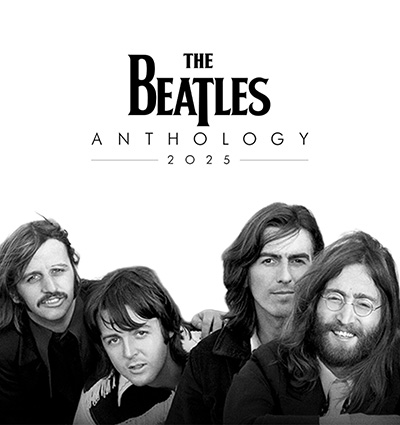







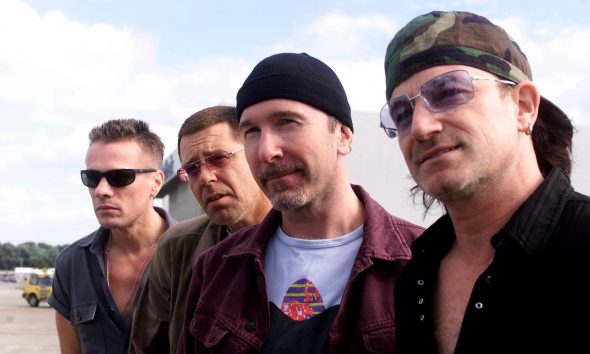
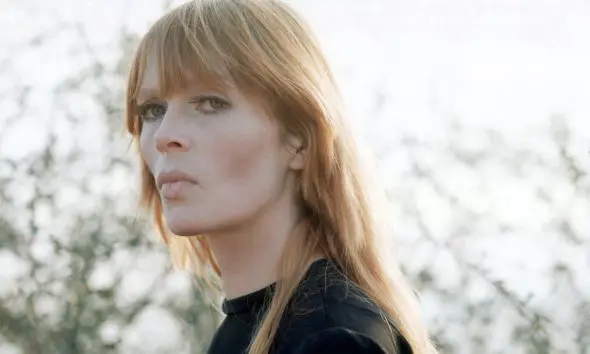
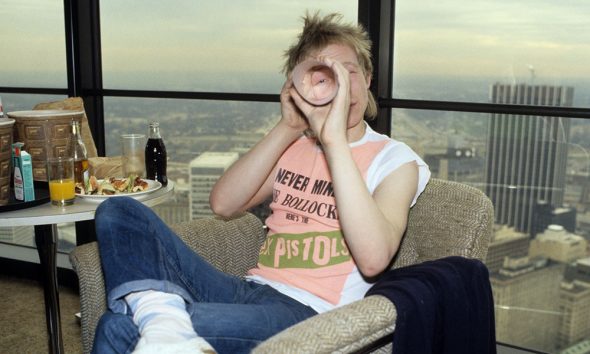


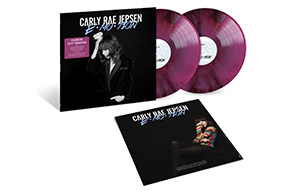
Michael Fountain
April 14, 2016 at 11:48 am
The Carolina Chocolate Drops deserve a nod for keeping this style alive into the new century.
Eric Dumas
April 14, 2016 at 11:29 pm
What a wonderful story ! My respect to these men who designed music before the sixties.
From Canada.
Tony Thomas MFA
March 7, 2023 at 12:21 am
They did (they have disbanded) play jug band music but old time music although Dom does a few jug band related tunes. I knew each one of them before they knew each other and organized the event at which they met.
he real jug bands that captured musical imagination were the bands from Louisville that were more jazz oriented and as they began to be recorded began to include both local and leading New Orleans and Chicago jazz instrumentalists. Peer understood that he could add a jug to any sort of band, especially what were called spasm or country ragtime bands and sell it as jug band music. Gus Cannon for example had never even seen anyone play the jug as such until around 1916 or 17.
The information on Cannon’s Jug stompers here is fairly inaccurate. Cannon was not recorded as a jug band artist by Paramount. When he and Jim Jackson and Furry Lewis got off a medicine show in Chicago, Jackson decided to try to get Lewis and Cannon into recording studios after his own monster hit on several labels. The labels refused Cannon for the most part, but when they got to Paramount the Paramount people had heard from one of the big sellers of their records that Cannon was a guy they should record
Cannon’s first recording Jonestown Blues is a straight blues, his only recording with banjo only, but he and Paramount decided he needed backing, so he made a bunch of sides the next day with Blind Blake. On one record one of them, folk dispute which, used a kazoo, but there are NO JUGS ON THE PARAMOUNT RECORDS CANNON MADE.
It is only 1928 when Cannon returns to Memphis that Ralph Peer tells him if he can play the jug and get together an ensemble that he could record them for Victor. Cannon’s Jug Stompers start their first recordings. This was purely a recording organziation that never performed anywhere for an audience. Cannon had worked with Noah Lewis and Ashley Thompson for years previous when he lived in their area, and apparently would drive up there to busk and do dances with them largely because his very old fashion music could still make it in small towns. He had also worked with Elijah Avery and Hosea Woods in medicine shows since around 1913-1914 and he sometimes roomed with Hosea Woods. Incidentally the Victor Recording of Walk Right In clearly states that “Hosea Woods” is the author of that tune, but he had died in the 30s long before Gus was able to cash in on the Rooftop singers hit with the help of lawyers and Peer International